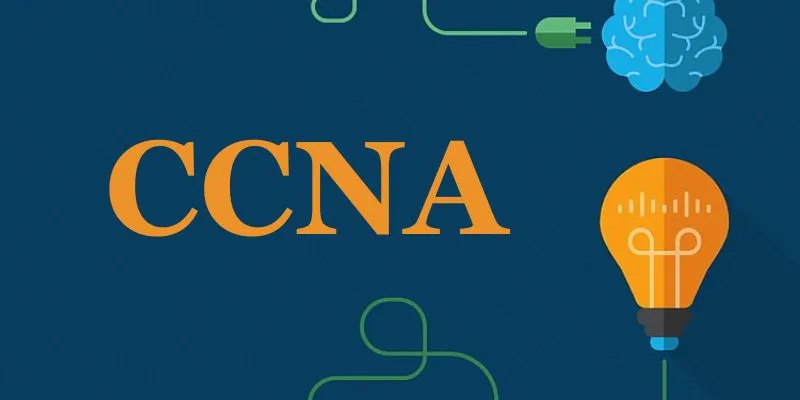Routing and switching are the backbone of networking, making them critical topics for anyone preparing for the CCNA (Cisco Certified Network Associate) certification. Mastering these concepts is essential not only for passing the CCNA exam but also for building a solid foundation in networking. In this blog, we’ll explore the key strategies and resources that will help you master routing and switching concepts for CCNA. CCNA Course in Chennai will help you to Mastering the CCNA exam.
Master Routing and Switching Concepts for CCNA
1. Understanding the Basics of Routing and Switching
Before diving into advanced topics, it’s important to understand the basics of routing and switching. Routing refers to the process of selecting paths in a network along which to send data, while switching is the process of moving data packets within a network.
- Routing: Involves determining the best path for data to travel from the source to the destination across multiple networks.
- Switching: Operates within a single network, directing data packets to their destination within that network.
Understanding the distinction between these two processes is fundamental to mastering the concepts that will be covered in the CCNA exam.
2. Study the OSI Model
The OSI (Open Systems Interconnection) model is a conceptual framework used to understand network interactions in seven layers. Routing and switching operate at different layers of the OSI model:
- Routing: Primarily functions at Layer 3 (Network Layer).
- Switching: Primarily functions at Layer 2 (Data Link Layer).
Understanding the OSI model will help you grasp how routing and switching fit into the overall architecture of networking.
3. Explore Routing Protocols
Routing protocols are algorithms that determine the best path for data to travel across a network. For the CCNA exam, you’ll need to be familiar with several key routing protocols:
- RIP (Routing Information Protocol): A distance-vector routing protocol that uses hop count as a routing metric.
- OSPF (Open Shortest Path First): A link-state routing protocol that uses cost as a routing metric.
- EIGRP (Enhanced Interior Gateway Routing Protocol): A hybrid routing protocol that combines the features of both distance-vector and link-state protocols.
Understanding how these protocols work and when to use them is crucial for mastering routing concepts.
4. Learn About VLANs and Trunking
VLANs (Virtual Local Area Networks) are a key concept in switching. They allow network administrators to segment a physical network into multiple logical networks. This is important for improving security, reducing broadcast domains, and managing network traffic more efficiently.
- Trunking: A technique used to allow multiple VLANs to traverse the same physical network link. Understanding trunking is essential for configuring and managing VLANs in a network.
Mastering VLANs and trunking is a vital part of the switching concepts covered in the CCNA exam. FITA Academy covered all the concepts in CCNA.
5. Practice with Packet Tracer
Cisco’s Packet Tracer is a powerful network simulation tool that allows you to design, configure, and troubleshoot networks in a virtual environment.
- Hands-on Practice: Using Packet Tracer, you can practice setting up routing protocols, configuring VLANs, and implementing various switching techniques.
- Real-World Scenarios: Simulating real-world network scenarios in Packet Tracer will reinforce your understanding of routing and switching concepts.
Regular practice with Packet Tracer will help you gain the practical skills needed to master routing and switching for the CCNA exam.
6. Study Cisco’s Official Resources
Cisco provides a wealth of official study materials specifically designed for CCNA candidates. These resources include:
- Cisco Press Books: Comprehensive guides that cover all CCNA topics, including routing and switching.
- Cisco Learning Network: An online platform that offers forums, study groups, and practice exams.
Using Cisco’s official resources ensures that you are studying the most up-to-date and relevant material for the CCNA exam.
7. Take Practice Exams
Practice exams are a great way to test your knowledge and identify areas where you need further study. They also help you get used to the format and timing of the actual CCNA exam.
- Measure Progress: Regularly taking practice exams allows you to track your progress and build confidence as you approach the exam date.
- Identify Weaknesses: Practice exams highlight the areas where you need to focus more attention, particularly in routing and switching concepts.
Mastering routing and switching concepts is a crucial step in your journey to becoming CCNA certified. By understanding the basics, studying key protocols, practicing with tools like Packet Tracer, and utilizing Cisco’s official resources, you can build a strong foundation in CCNA Course in Bangalore. Regular practice and continuous learning will ensure that you are well-prepared to pass the CCNA exam and excel in your networking career.

